Fire up your sales team for Black Friday and Cyber Monday
We expect you’ve got all your plans in place for your 2020 Black Friday and Cyber Monday promotions.
The web wizards in SEO are ready for “Insert your product Black Friday” searches and the gazillion variations of that your customers will put into Google.
Your email team have set you up with a peach of an outbound campaign, and you’re expecting the phones to ring right off their hooks all day as the emails pour in.
There’s just one question left. How are you going to fire up your sales team to turn this Black Friday into your biggest one yet? We’ve got some ideas that won’t cost a fortune, take a look:
Day-of rewards
As we’ve said before , long-term incentive schemes can end up rewarding the same small group over and over.
, long-term incentive schemes can end up rewarding the same small group over and over.
Putting some exciting digital gift cards up for grabs on the day, when your whole team is focused on the same tasks at the same time, lets everyone into the game.
Of course, its best to reward people for hitting targets, but we’ve also found it really motivating to have rewards for ‘softer’ things such as Hero of the Day, Best team Player and even Gaff of the Week to really boost morale when things are extremely busy.
Reward the wins, big and small, through the day
Don’t wait until the Monday after to tell the story of your big Black Friday. Stay on top of your sales through the day and give your team regular updates and encouragement about their successes.
A big milestone might even be worth breaking out some digital rewards for the team. Having small rewards for things like the Lunchtime Legend and Afternoon Achiever gives people a little moment to look forward to.
Feed them
 Literally! Some Uber Eats or Just Eat e-gift cards could make all the difference to their mindset on Black Friday, even when your staff are working from home. At the very least it’s one less thing to worry about.
Literally! Some Uber Eats or Just Eat e-gift cards could make all the difference to their mindset on Black Friday, even when your staff are working from home. At the very least it’s one less thing to worry about.
Or, if you prefer to keep rewards in reserve, they’d make a great prize for a team passing an important sales milestone on the day, and it enables them to get together over Zoom (other platforms are available!) and celebrate their achievements together.
Recognise more than revenue
No matter how good your team is, there’s always an element of luck to inbound sales. One teammate picks up the phone to a £200 order, another picks up the phone to £2,000. Rewarding and recognising what your staff can’t control doesn’t motivate them.
In fact, things that look unfair, or just feel unfair, are demotivating. Celebrate your staff for what they can control – their application and effort to their tasks.
Make their efforts part of a bigger picture
 Working without a bigger picture isn’t particularly satisfying. People feel much more empowered if they know ‘why’ they are working so hard. Knowing how their work affects other teams, and your company as a whole, motivates staff to excel.
Working without a bigger picture isn’t particularly satisfying. People feel much more empowered if they know ‘why’ they are working so hard. Knowing how their work affects other teams, and your company as a whole, motivates staff to excel.
Be sure to outline how a successful Black Friday would make a huge positive impact on not just your department, but the whole organisation.
Relax your procedures
If it’s at all possible, relax your rules and procedures for the day. Black Friday/Cyber Monday aren’t normal days, after all. If you’re looking for high-volume over a short time, you don’t want staff getting demoralised while caught in a queue to approve a quote or sale with the boss.
Trust and autonomy can motivate just as well as rewards in the circumstances (especially if those sales affect their commission….).
Celebrate team milestones
 Focus on the whole team, not just individual performances. As we’ve mentioned before in this article, some of your staff will always perform better than others.
Focus on the whole team, not just individual performances. As we’ve mentioned before in this article, some of your staff will always perform better than others.
Sometimes that’s luck and sometimes that’s skill, but your department succeeds as a team regardless. Keeping a whole team motivated means recognising their achievements as a unit.
Highlight past achievements
Go back over what the team did well last year, or the year before, and pull out the big stories.
Phrase this as a narrative, as a story of how your teams come together to create success. Then present the upcoming Black Friday as an opportunity to define what the next chapter in that story looks like.
Reward the moment, but plan for the future
Remember, these aren’t long-term strategies. This is a sugar-rush, a dizzying surge to deal with one of the biggest days of the year. They’re no replacement for well-organised long-term incentive programmes, a great company culture, and investing in the development of your staff.
If you want to talk about any of that, or organise some rewards for the team this Black Friday, please do get in touch.


 Eggs and flour are regular features on the supermarket shelves again, along with your favourite craft beer and wines. You can even pop out for a pint and see your friends in the park. But the country’s staff aren’t gagging to give up remote working.
Eggs and flour are regular features on the supermarket shelves again, along with your favourite craft beer and wines. You can even pop out for a pint and see your friends in the park. But the country’s staff aren’t gagging to give up remote working. Every week, Group and Human Resources put together a round-up of news and views from around the business and push it out to staff. That might include blogs written by people in our company, surveys to get opinions and feedback from staff about their work and their response to Group efforts, news on how the business is responding to COVID-19 developments, and any human resources developments that might affect staff.
Every week, Group and Human Resources put together a round-up of news and views from around the business and push it out to staff. That might include blogs written by people in our company, surveys to get opinions and feedback from staff about their work and their response to Group efforts, news on how the business is responding to COVID-19 developments, and any human resources developments that might affect staff. Our daily catch-ups give us a chance to see some friendly, familiar faces, talk about what we’re doing inside and outside of work, gripe about some things, gloat about others. It’s also crucial for making sure everyone is on the same page with their tasks.
Our daily catch-ups give us a chance to see some friendly, familiar faces, talk about what we’re doing inside and outside of work, gripe about some things, gloat about others. It’s also crucial for making sure everyone is on the same page with their tasks. You might be thinking “everyone hates meetings though”. Which might be a fair point, but in our experience everyone’s still on time for them, which wasn’t always the case when they were face to face. And they still contribute.
You might be thinking “everyone hates meetings though”. Which might be a fair point, but in our experience everyone’s still on time for them, which wasn’t always the case when they were face to face. And they still contribute.
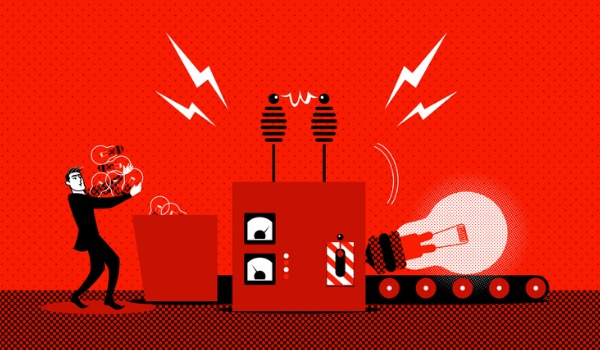
 Employees are at the heart of your business, so it makes sense that when you recognise them, you are giving them what they actually want as opposed to what you think they need. It isn’t just about the recognition on offer, but also about how you reward.
Employees are at the heart of your business, so it makes sense that when you recognise them, you are giving them what they actually want as opposed to what you think they need. It isn’t just about the recognition on offer, but also about how you reward. We know that communicating recognition often feels low priority, but every business gets busy. If you have a recognition and reward programme in place, there can never be too much communication around it.
We know that communicating recognition often feels low priority, but every business gets busy. If you have a recognition and reward programme in place, there can never be too much communication around it. We mentioned that your business is busy, but if you rely on manual work to keep your recognition programme going, it’s always going to fail in some way unless you are hyper-vigilant. Technology is the answer.
We mentioned that your business is busy, but if you rely on manual work to keep your recognition programme going, it’s always going to fail in some way unless you are hyper-vigilant. Technology is the answer.
 o the extra mile and push for crucial results. The rewards are what thanks employees for hard work, whether they’re linked to an incentive or not. This blog goes into more detail about the difference between the two, when you’d use them, and how employee recognition fits into the mix.”
o the extra mile and push for crucial results. The rewards are what thanks employees for hard work, whether they’re linked to an incentive or not. This blog goes into more detail about the difference between the two, when you’d use them, and how employee recognition fits into the mix.” “Having a coherent understanding of social recognition, and employee recognition, isn’t negotiable any more. Your leaders need it. This blog outlines the basics of social recognition. Get to grips with the idea in just five minutes.”
“Having a coherent understanding of social recognition, and employee recognition, isn’t negotiable any more. Your leaders need it. This blog outlines the basics of social recognition. Get to grips with the idea in just five minutes.” “Service awards are something we always advocate for. But most companies leave it a few years to get them started. We see our clients waiting until an employee has five, ten or even 20 years of service before they start recognising their staff. In our opinion, that’s far too late.”
“Service awards are something we always advocate for. But most companies leave it a few years to get them started. We see our clients waiting until an employee has five, ten or even 20 years of service before they start recognising their staff. In our opinion, that’s far too late.” “Whether you have no formal long service award scheme, or you have a feeling your scheme is lagging behind, you’re in the right place. Read this blog and get a grip on how to schedule, structure and fulfil your employee long service awards.”
“Whether you have no formal long service award scheme, or you have a feeling your scheme is lagging behind, you’re in the right place. Read this blog and get a grip on how to schedule, structure and fulfil your employee long service awards.” “A lot of you want an employee of the month scheme. We’ve got the blog traffic on Google Analytics to prove it. While we’re always happy to help our clients set one up, we’ve actually have been wondering if you should be searching for colleague of the month schemes instead.”
“A lot of you want an employee of the month scheme. We’ve got the blog traffic on Google Analytics to prove it. While we’re always happy to help our clients set one up, we’ve actually have been wondering if you should be searching for colleague of the month schemes instead.” “An employee engagement definition can get complicated. As complicated as someone wants it to be, really. It’s the kind of concept that becomes nebulous and hard to pin down once someone dresses it up too much. We’ve got a simple, workable employee engagement definition. And a bit of detail on why a simple definition matters.”
“An employee engagement definition can get complicated. As complicated as someone wants it to be, really. It’s the kind of concept that becomes nebulous and hard to pin down once someone dresses it up too much. We’ve got a simple, workable employee engagement definition. And a bit of detail on why a simple definition matters.” “Stand-out sales promotion ideas change the game for consumer-facing businesses. You, like any business, are locked in the endless struggle to secure fresh sales. No matter what else you do as a business, you’ll eventually live and die on actually making some sales.”
“Stand-out sales promotion ideas change the game for consumer-facing businesses. You, like any business, are locked in the endless struggle to secure fresh sales. No matter what else you do as a business, you’ll eventually live and die on actually making some sales.” “Employee rewards are vital to your employee recognition and benefit mix. Getting the most from your rewards means getting to grips with the basics of using them. Enjoy the full rundown on what you need to know about employee rewards. In this blog, we cover the what, why, when and how fundamentals of rewards.”
“Employee rewards are vital to your employee recognition and benefit mix. Getting the most from your rewards means getting to grips with the basics of using them. Enjoy the full rundown on what you need to know about employee rewards. In this blog, we cover the what, why, when and how fundamentals of rewards.” “Plastic gift cards can be reloadable! We want to banish the idea that plastic gift cards are single-use, disposable products. We stock reloadable gift cards that offer real long-term value. Reloading takes a one-off gift and turns it into a reward mechanism that works for years.”
“Plastic gift cards can be reloadable! We want to banish the idea that plastic gift cards are single-use, disposable products. We stock reloadable gift cards that offer real long-term value. Reloading takes a one-off gift and turns it into a reward mechanism that works for years.” “An employee recognition letter is a powerful tool for expressing your gratitude for staff. Taking the time and effort to put one together goes a lot further than just a hasty “thank you”. Follow our simple guide, and you’ll knock it out of the park.”
“An employee recognition letter is a powerful tool for expressing your gratitude for staff. Taking the time and effort to put one together goes a lot further than just a hasty “thank you”. Follow our simple guide, and you’ll knock it out of the park.” “The stats show that employee turnover is a giant financial burden to the nation’s employers. In 2016 alone, one in seven UK employees resigned from a position. The good news is many problems that cause high turnover are avoidable. Start with the idea we lay out here.”
“The stats show that employee turnover is a giant financial burden to the nation’s employers. In 2016 alone, one in seven UK employees resigned from a position. The good news is many problems that cause high turnover are avoidable. Start with the idea we lay out here.”
 “Having constant flow of employee recognition is vital to productivity, engagement, morale and retention. You’re doomed if you ignore it while your competitors embrace it. This blog gives covers the fundamentals of what everyone, from middle management to CEOs, needs to know about employee recognition.”
“Having constant flow of employee recognition is vital to productivity, engagement, morale and retention. You’re doomed if you ignore it while your competitors embrace it. This blog gives covers the fundamentals of what everyone, from middle management to CEOs, needs to know about employee recognition.” “There’s a good chance you won’t get what you want from the scheme. It’s no reason to be downbeat, it happens a lot. What you expect to see from a scheme just isn’t always what it delivers. This article will jog you through what you wanted, what you got instead, and how you can improve in the future.”
“There’s a good chance you won’t get what you want from the scheme. It’s no reason to be downbeat, it happens a lot. What you expect to see from a scheme just isn’t always what it delivers. This article will jog you through what you wanted, what you got instead, and how you can improve in the future.” “You have to capitalise on the moment to make rewarding employees count. The best time to be there with a reward is when the dopamine rush of achievement is still whizzing through your employee’s brains. Here are six occasions you need to be recognising and rewarding employees. There’s more to this than just hitting a sales target.”
“You have to capitalise on the moment to make rewarding employees count. The best time to be there with a reward is when the dopamine rush of achievement is still whizzing through your employee’s brains. Here are six occasions you need to be recognising and rewarding employees. There’s more to this than just hitting a sales target.”
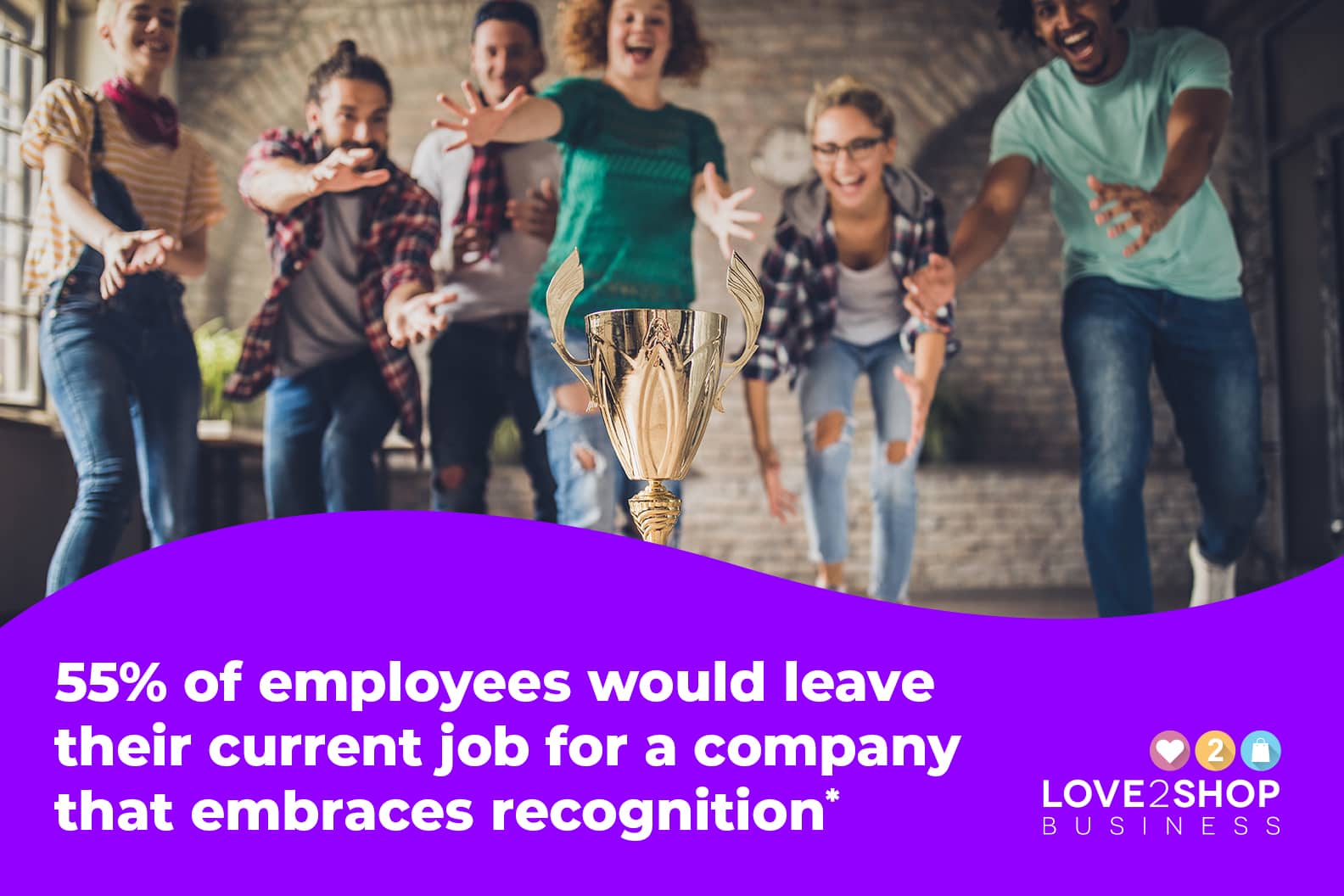
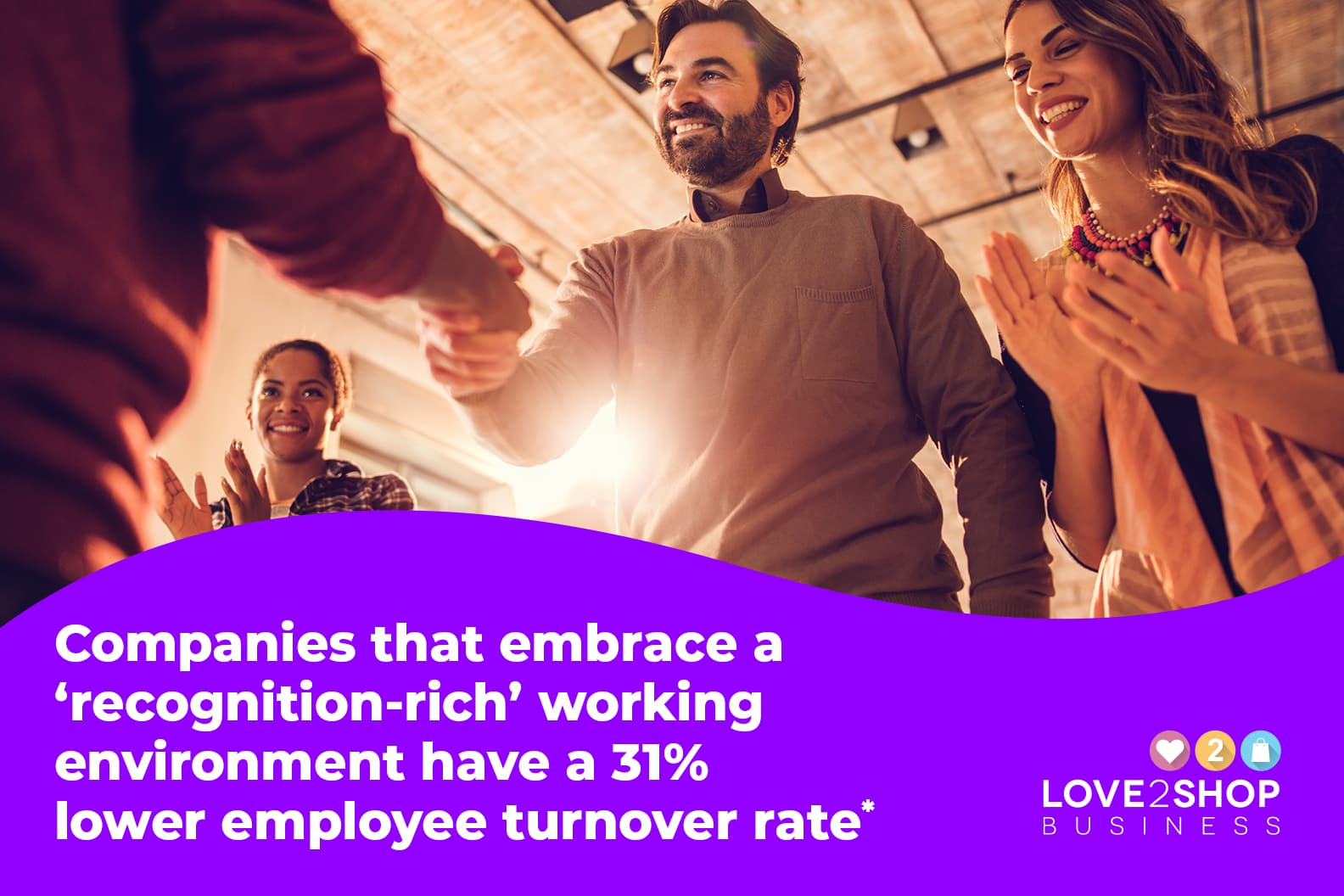

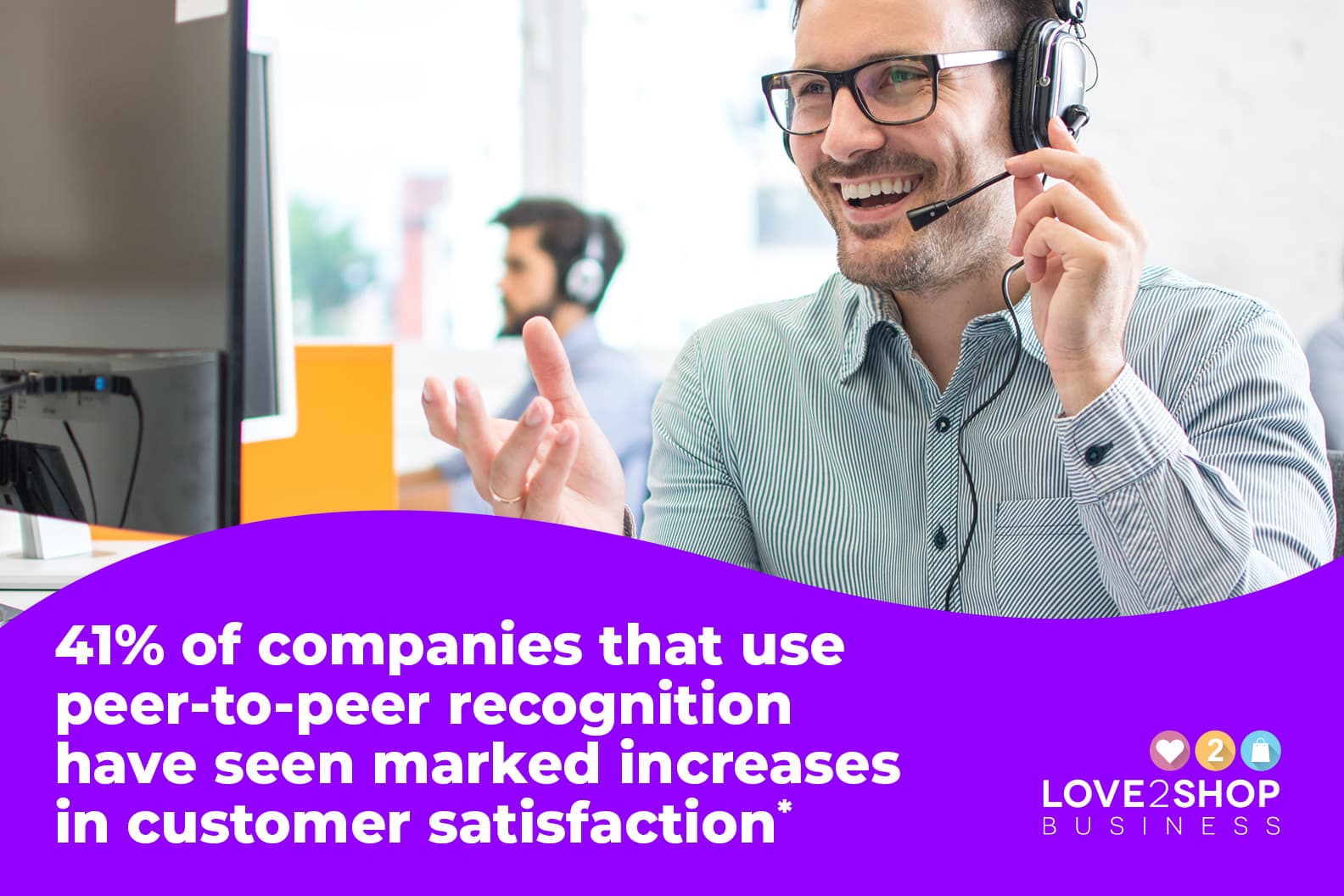
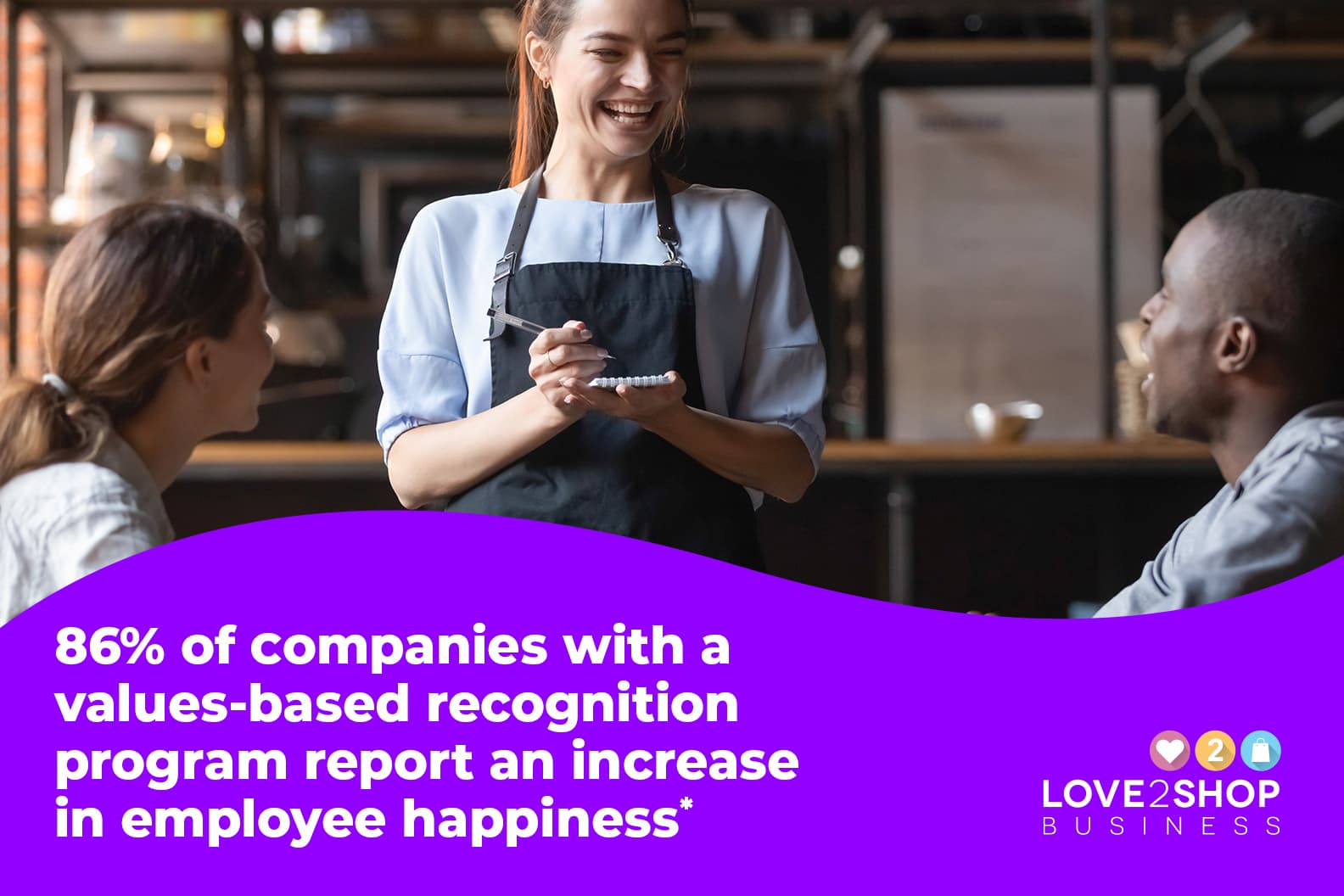




 Let’s start with the big one.
Let’s start with the big one.  Motivation links intrinsically to productivity, and motivation inspires employees to meet deadlines and deliver results.
Motivation links intrinsically to productivity, and motivation inspires employees to meet deadlines and deliver results.
 The
The  If online is your destination, why not start there?
If online is your destination, why not start there?
 The
The 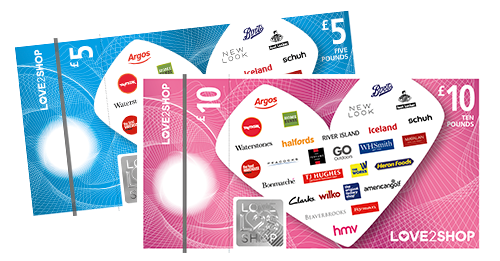 The
The 
 Travelling is enriching, energising and broadens the mind. It’s also one of the most common ambitions your employees are likely to have.
Travelling is enriching, energising and broadens the mind. It’s also one of the most common ambitions your employees are likely to have. If you care about something, and it’s part of your company’s values, give your staff a stake in it.
If you care about something, and it’s part of your company’s values, give your staff a stake in it. Make the
Make the